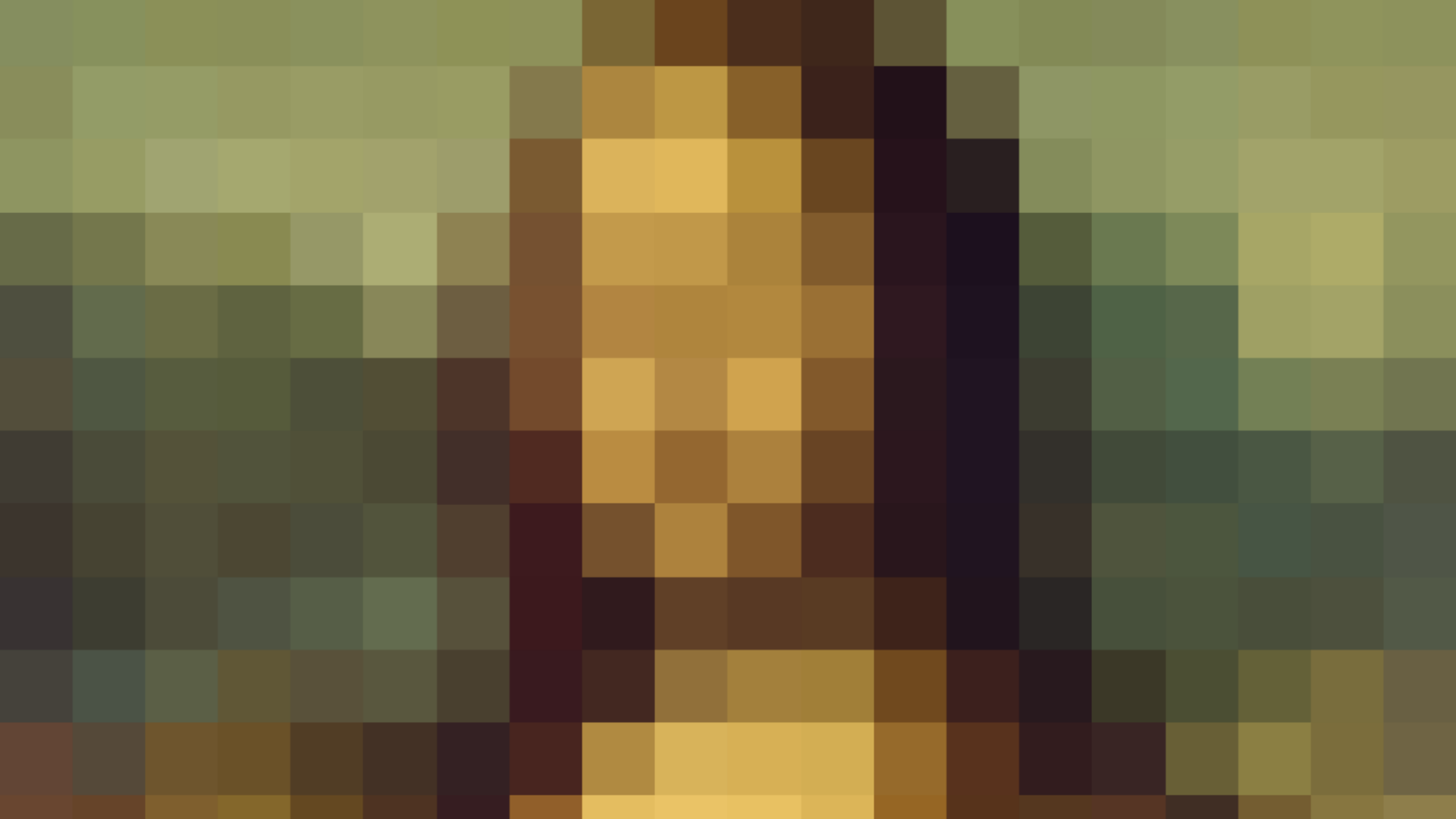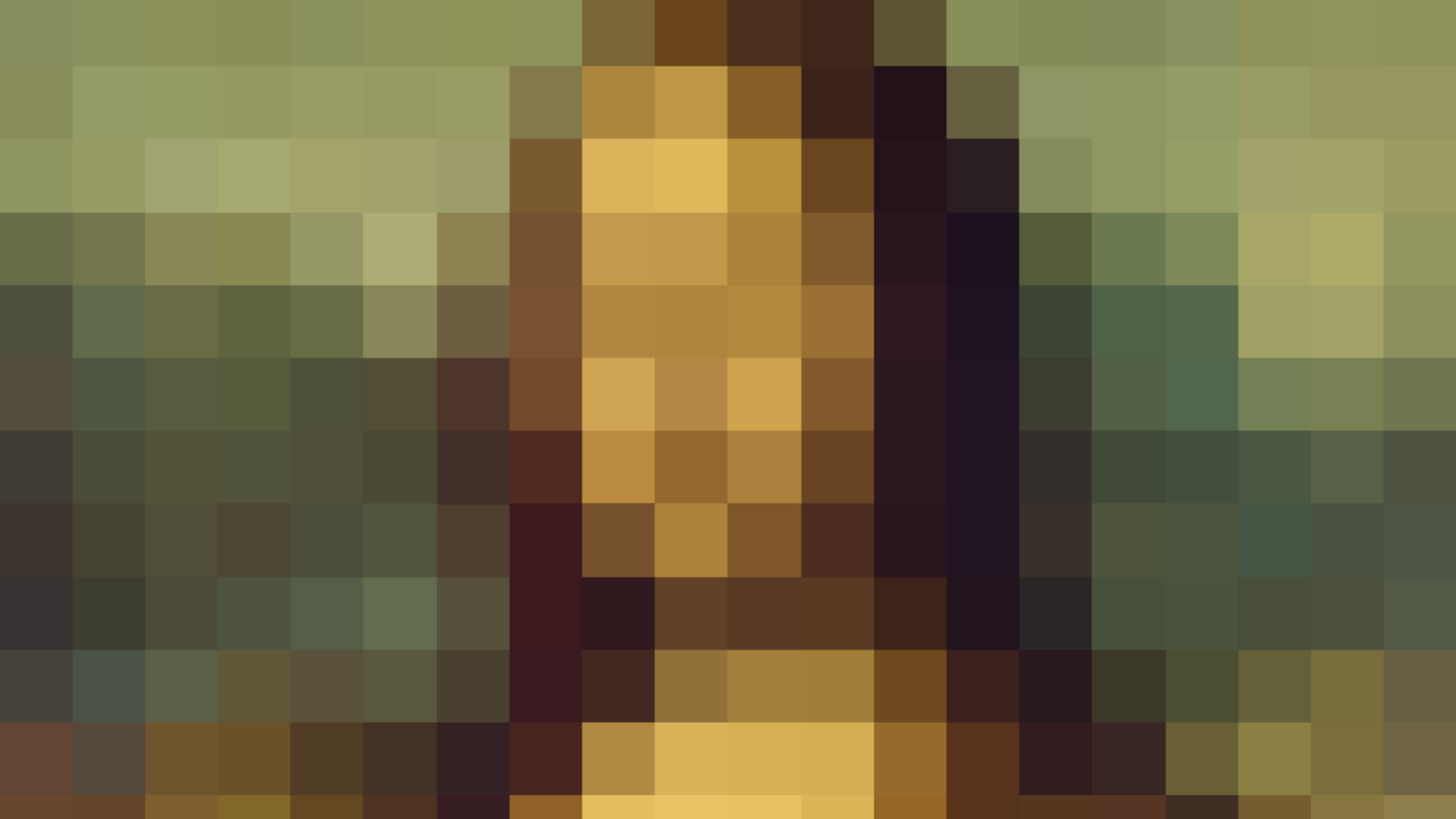NFTs: A Brave New World for Artists?
Published 26 November 2021
By Dr Peter J Phillips, Associate Professor (Finance & Banking) University of Southern Queensland


Fungibility is a word you find sprinkled around finance and economics books. You don’t usually hear it in general conversation. It means mutually interchangeable. If I have a $50 note in my pocket and you have a $50 note in yours, we can swap and there’s no difference. Unless it was the one your grandmother sent you for your birthday, the two notes are fungible. If you have a gram of 24 carat gold, it’s the same as my gram of 24 carat gold. On the other hand, a poster-size print of Picasso’s Les Demoiselles d’Avignon and the original are not mutually interchangeable. One is worth $24.99. The other many millions.
I had the advantage of being a teenager when the internet was really taking off in the late 1990s. Some of the kids in my class were messing around with it as early as 1994. Most people at the time were curious, maybe a little bit scared of what was going on “online”. That reticence was quickly replaced by an avant-garde, essentially carefree online existence. Too carefree, as it turned out.
At the time, though, I can remember my artist friends being worried about sharing their work. When asked if they were taking advantage of new marketplaces to distribute, advertise, and sell their work, they would often express their concern about being copied.
"Is there a way to distinguish between a digital copy and the original in the same way that we can distinguish between a Picasso print and a Picasso original?"
This concern was especially strong among the “digital artists” and photographers whose work could be copied and distributed in forms that were no different from the original. Your copy of a digital artwork is the same as my copy. Who owns the original? Who would pay anything for it? And if you’re an artist, why would you put something up online that nobody will buy, and which would likely be copied? This problem has persisted since the beginning of the internet. Is there a way to distinguish between a digital copy and the original in the same way that we can distinguish between a Picasso print and a Picasso original?
NFTs or non-fungible tokens might be a step in the right direction. Being non-fungible means that the tokens are not mutually interchangeable. If a unique NFT can be attached to a digital artwork, then owning that NFT means regardless of how many copies (like poster prints of Picassos) that are made of the artwork, there is a single original whose ownership is represented by the NFT. The NFT might even be used to encrypt the art image, allowing only the owner to access it.
There are instructions explaining how an artist can tokenise their artwork. In general, an NFT converts an asset, like a digital artwork, into a token that is stored on a cryptocurrency blockchain. The blockchain records the ownership and guarantees authenticity. NFTs work like cryptocurrency. You have a public key and a private key. For NFTs, the public key is like a certificate of authenticity. The private key is the current owner’s proof of ownership.
"NFTs point to a world beyond cryptocurrency as a method of payment."
In addition to being an interesting possibility for artists looking to secure their IP, NFTs point to a world beyond cryptocurrency as a method of payment. When I first started hearing about crypto, I was naturally interested in figuring out whether it would ever be accepted for day-to-day transactions. Would it be easy to use crypto down the shops? If so, then the market (and potential price) for crypto would be huge. If not, then there is an upper limit to how far the price can go. NFTs highlight something else. Something beyond the type of transactions I had been thinking about.
Blockchains, especially ones designed with more capability and flexibility than the original Bitcoin blockchain, can be used as platforms for what might be described as “new internets”. In principle, someone might host practically their entire business on a blockchain like the one that underpins Ethereum (the cryptocurrency that is second to Bitcoin), with transactions facilitated by the cryptocurrency that the blockchain supports. That is, the cryptocurrency would be used to access a business and for the business to pay “hosting fees” etc. As “access tokens” for businesses running on the blockchain, cryptocurrency has a market beyond ordinary transactions.
Of course, it’s not all rosy. On the matter of NFTs, some artists are reporting that other people are “tokenising” their art. An artist I spoke to has reported hearing of this in the world of 3D graphics. People are buying 3D models from websites that facilitate the sale of such things (if you’re building a 3D city, you don’t build every piece from scratch yourself) and tokenising them. This is a tricky situation because now you’re right back in a copyright dispute. This time in uncharted territory. With part of you wishing it was 1985.
Discussion Question
Are NFTs the copyright solution that artists have been waiting for? What else can be tokenised as NFTs?
Read other posts
How Universities Shape the Real World: The Case of Corporate Finance
Disinformation: Can is Sweep Investors off their Feet?
Hedge Funds, Satellites and Empty Carparks
The Battle for FinTech Supremacy: The Tech Titans Vs the Masters of the Universe
Algorithms in Finance? That's Nothing New
The Algorithm that finds the ‘Best’ Portfolio
Why you should study Finance and Economics in the 21st Century
From Chicago to New York: Futures Trading and Microwave Popcorn
Basketball, Fund Managers, and the Hot Hand
The French Connection in Finance Theory
The Road to Cryptocurrency, Instalment # 1
The Road to Cryptocurrency Instalment #2
The Road to Cryptocurrency Instalment #3
The Road to Cryptocurrency Instalment #4
The Road to Cryptocurrency Instalment #5
The Road to Cryptocurrency Instalment #6
The Road to Cryptocurrency Instalment #7
Imagination and the Future of Cryptocurrency
Bigger Than FinTech: The Less Obvious Innovation Transforming Finance
